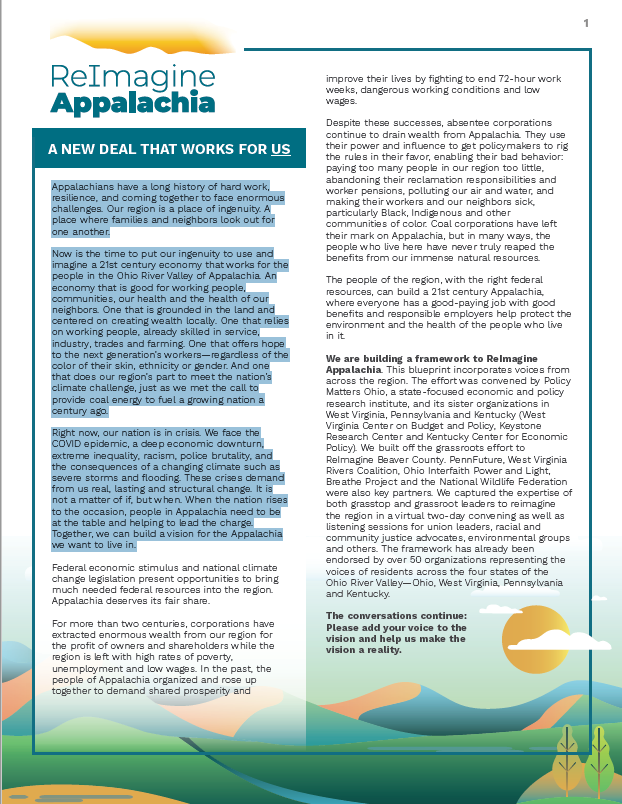You are here
extractivism
The Fine Print I:
Disclaimer: The views expressed on this site are not the official position of the IWW (or even the IWW’s EUC) unless otherwise indicated and do not necessarily represent the views of anyone but the author’s, nor should it be assumed that any of these authors automatically support the IWW or endorse any of its positions.
Further: the inclusion of a link on our site (other than the link to the main IWW site) does not imply endorsement by or an alliance with the IWW. These sites have been chosen by our members due to their perceived relevance to the IWW EUC and are included here for informational purposes only. If you have any suggestions or comments on any of the links included (or not included) above, please contact us.
The Fine Print II:
Fair Use Notice: The material on this site is provided for educational and informational purposes. It may contain copyrighted material the use of which has not always been specifically authorized by the copyright owner. It is being made available in an effort to advance the understanding of scientific, environmental, economic, social justice and human rights issues etc.
It is believed that this constitutes a 'fair use' of any such copyrighted material as provided for in section 107 of the US Copyright Law. In accordance with Title 17 U.S.C. Section 107, the material on this site is distributed without profit to those who have an interest in using the included information for research and educational purposes. If you wish to use copyrighted material from this site for purposes of your own that go beyond 'fair use', you must obtain permission from the copyright owner. The information on this site does not constitute legal or technical advice.






 If you woke up in southern Saskatchewan today, chances are it is windy, and the sun is shining. Regina and Saskatoon are among the sunniest cities in all of Canada, and southern Saskatchewan has some of the highest solar photovoltaic potential in North America (Government of Canada nd). It also has some of the highest wind energy potential on the continent (Saskwind nd). Yet there is little solar or wind energy production occurring in the province — indeed, at present, wind contributes 5% and solar contributes less than 3% of energy consumed. Instead, Saskatchewan is known as an oil and gas economy with a dependence on coal for electricity and a deep opposition to carbon pricing. While high oil prices and a shale oil revolution initially led to a “Saskaboom,” the tides have quickly turned. With the collapse in oil prices in 2014 and the COVID-19 crisis of 2019-2020, boom has turned to bust, and oil and gas communities are hurting.
If you woke up in southern Saskatchewan today, chances are it is windy, and the sun is shining. Regina and Saskatoon are among the sunniest cities in all of Canada, and southern Saskatchewan has some of the highest solar photovoltaic potential in North America (Government of Canada nd). It also has some of the highest wind energy potential on the continent (Saskwind nd). Yet there is little solar or wind energy production occurring in the province — indeed, at present, wind contributes 5% and solar contributes less than 3% of energy consumed. Instead, Saskatchewan is known as an oil and gas economy with a dependence on coal for electricity and a deep opposition to carbon pricing. While high oil prices and a shale oil revolution initially led to a “Saskaboom,” the tides have quickly turned. With the collapse in oil prices in 2014 and the COVID-19 crisis of 2019-2020, boom has turned to bust, and oil and gas communities are hurting.
